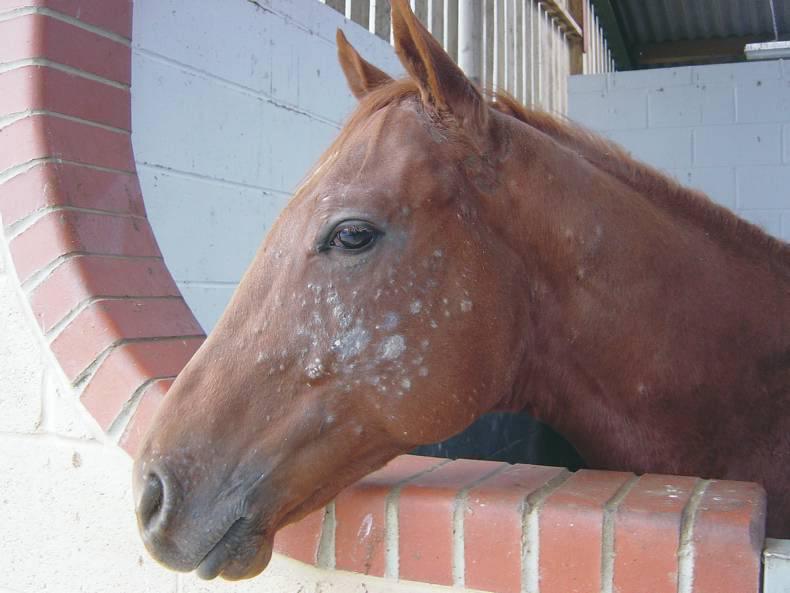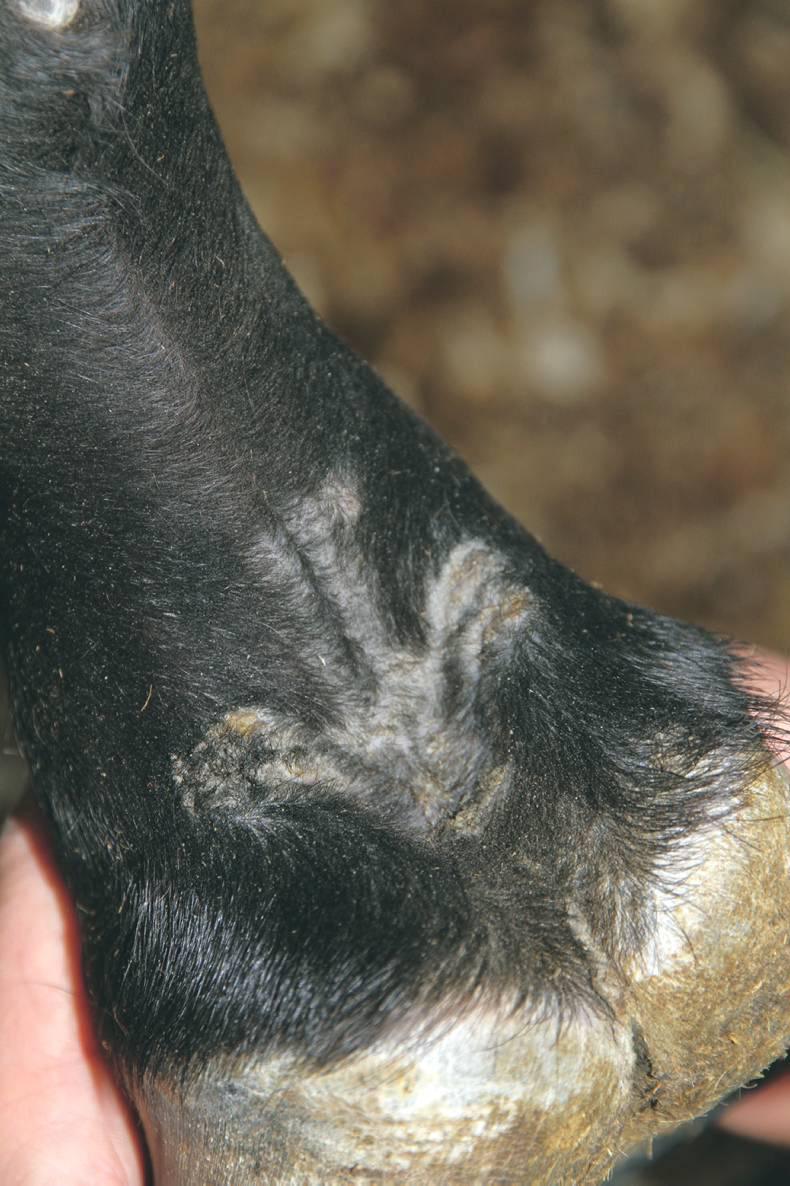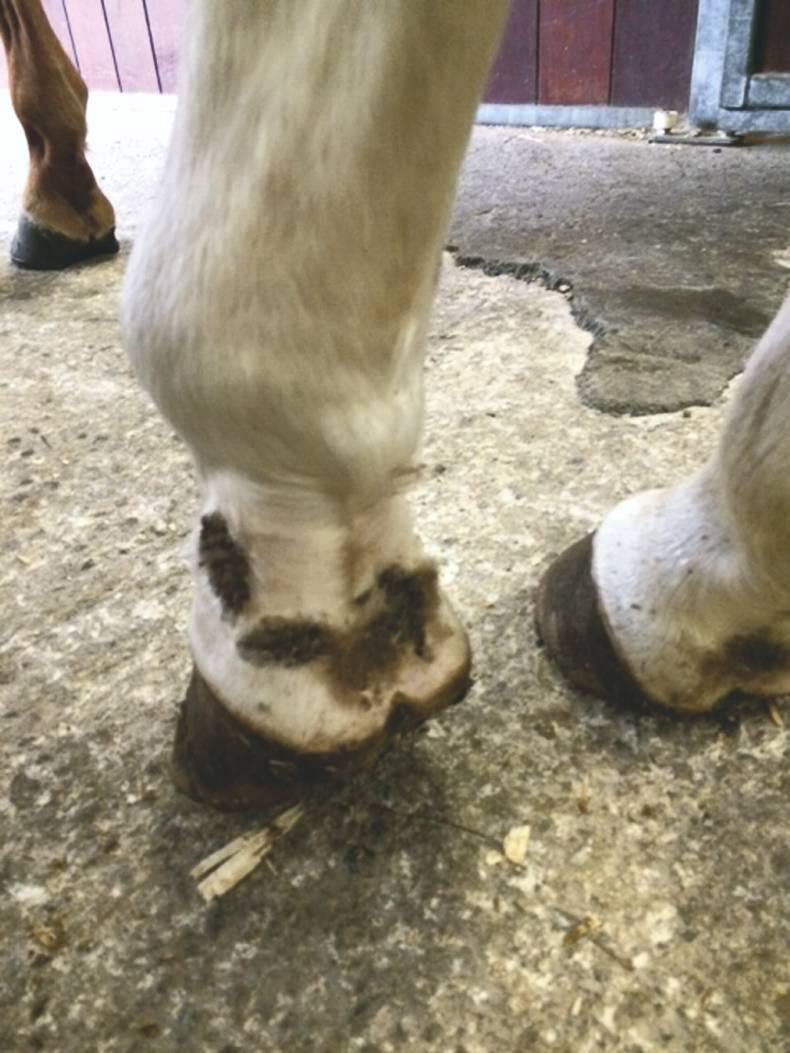ALTHOUGH the skin is the most visible of the horse’s body structures it is also often overlooked. The skin is the largest organ in a horse’s body. The skin provides a strong barrier to challenges from outside the body and plays an important role as part of the immune system; it also helps control body temperature and makes vitamin D. In certain parts of the body the structure of the skin changes to perform specific functions, for example the hoof, chesnut and ergot are modified skin structures.
In spite of the exposed position of the skin, it is usually remarkably free of disease. However the skin is also the organ most likely to be damaged accidentally – cuts and scrapes are common and usually superficial. Infrequently, when more severe, these wounds may require suturing to close the wound. Bandages are also commonly used to protect wounds on the limbs and reduce movement which in turn aids healing.


 This is a subscriber-only article
This is a subscriber-only article
 It looks like you're browsing in private mode
It looks like you're browsing in private mode






SHARING OPTIONS: